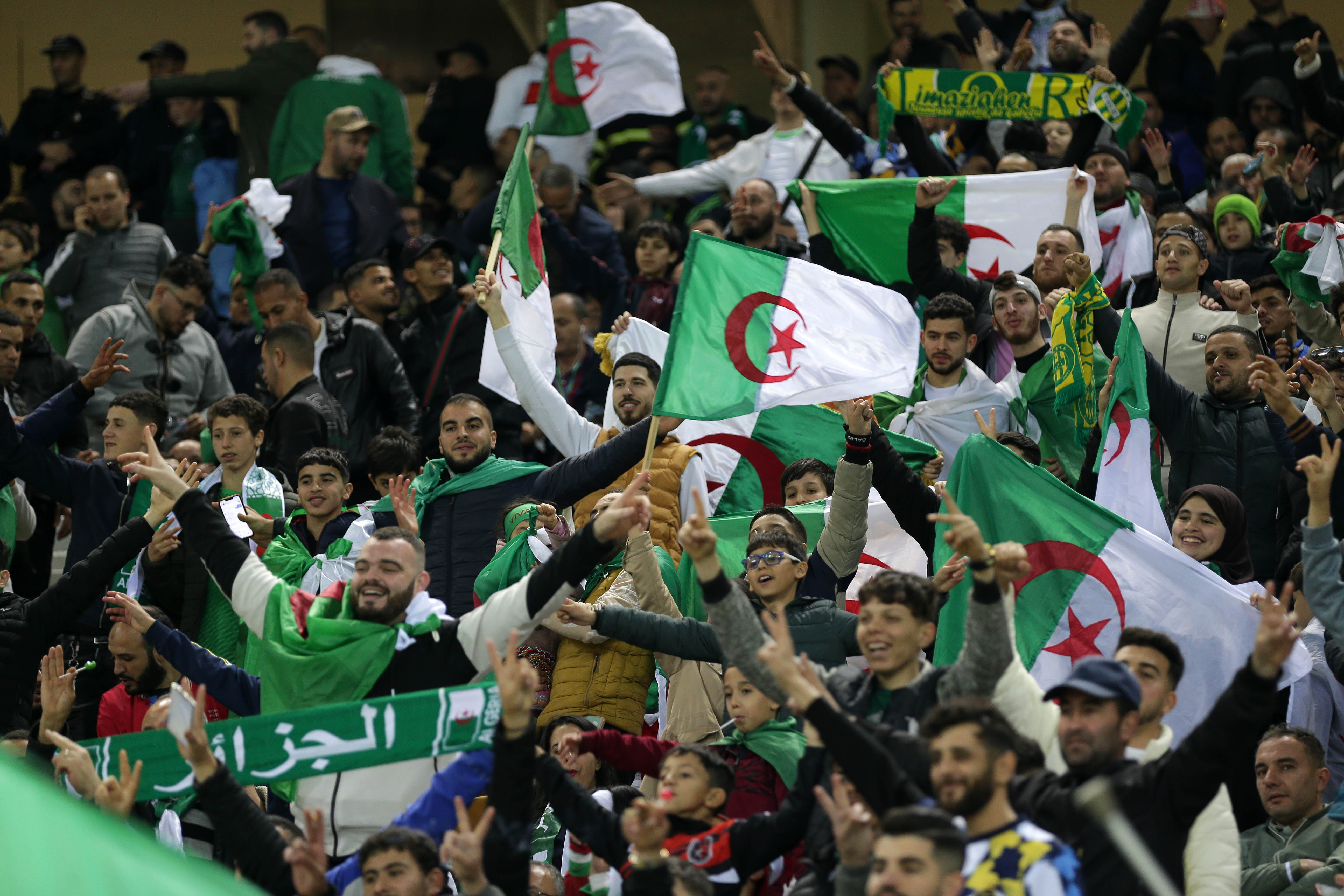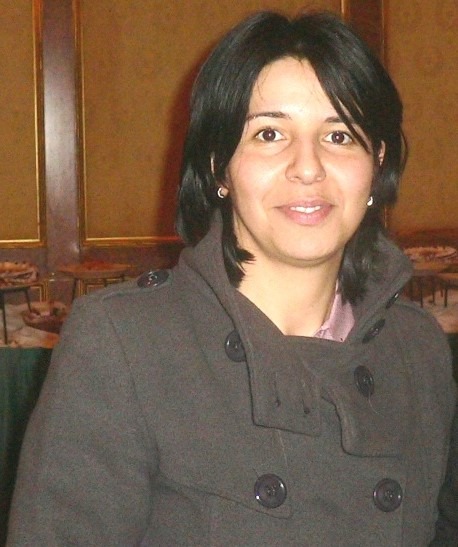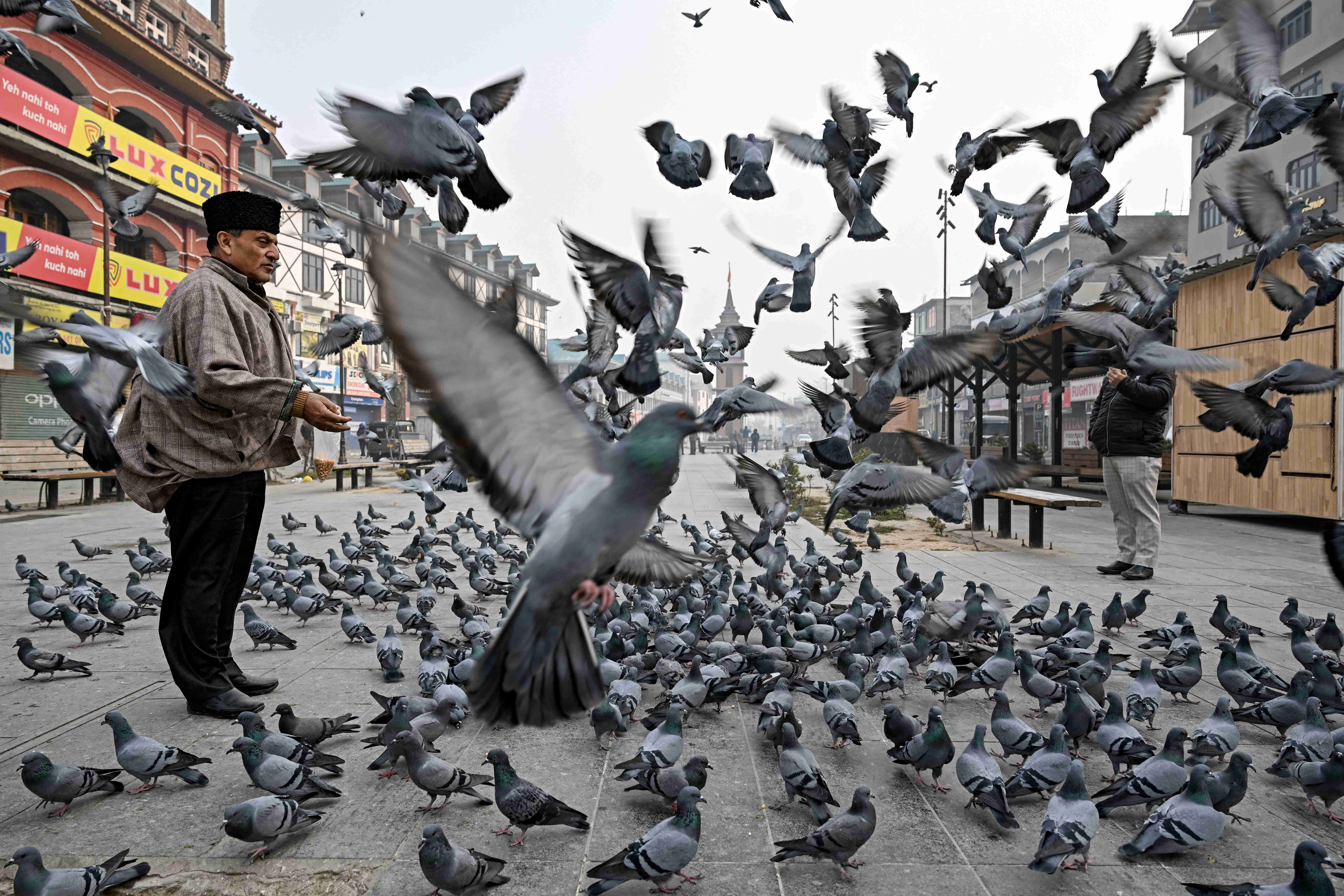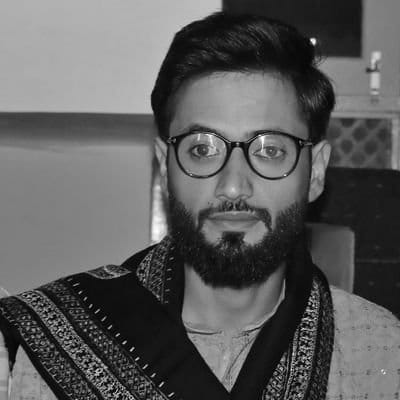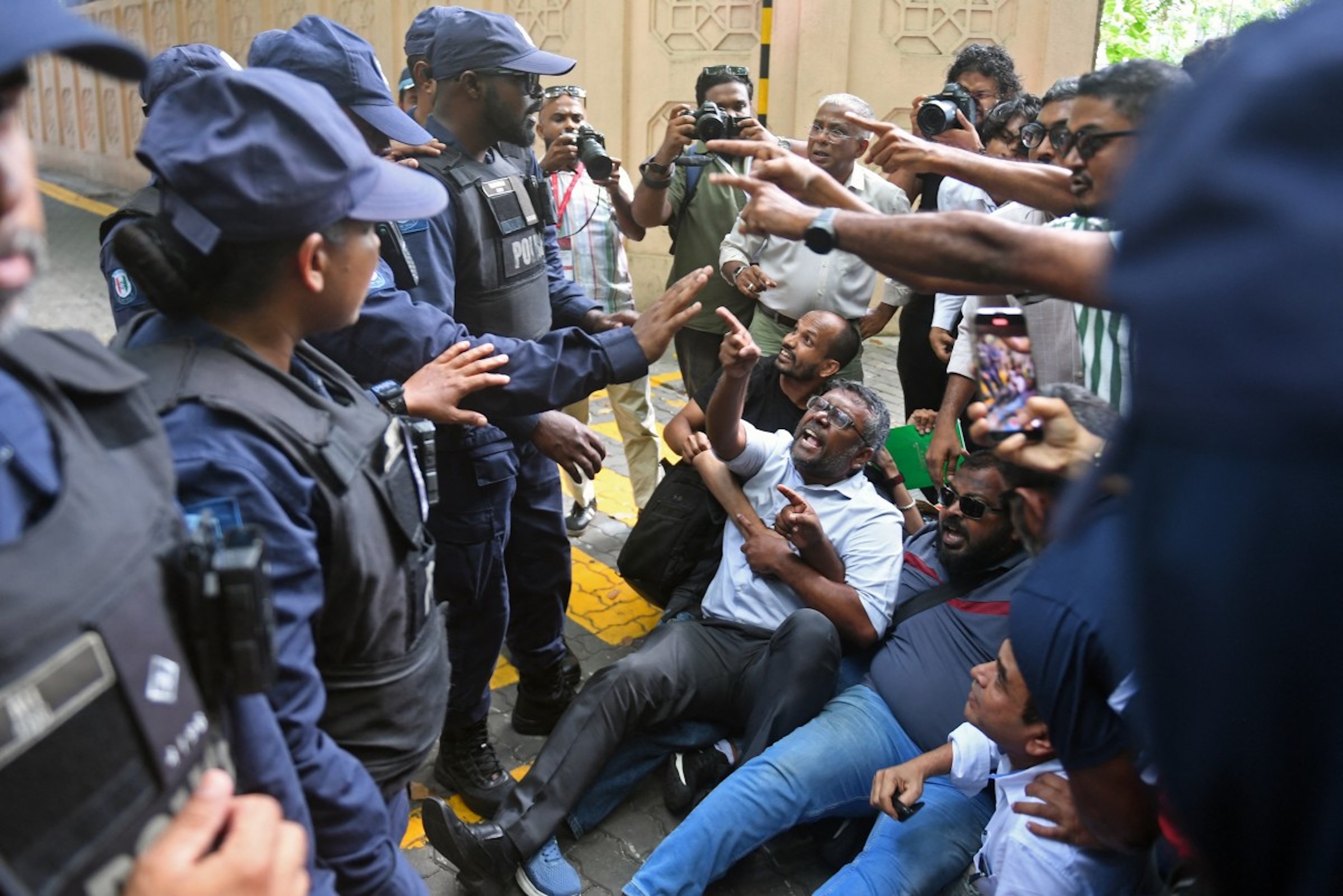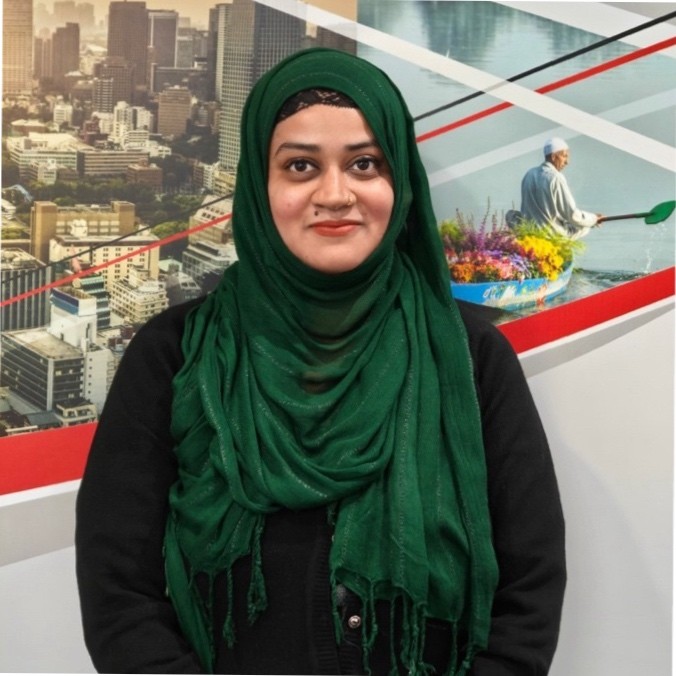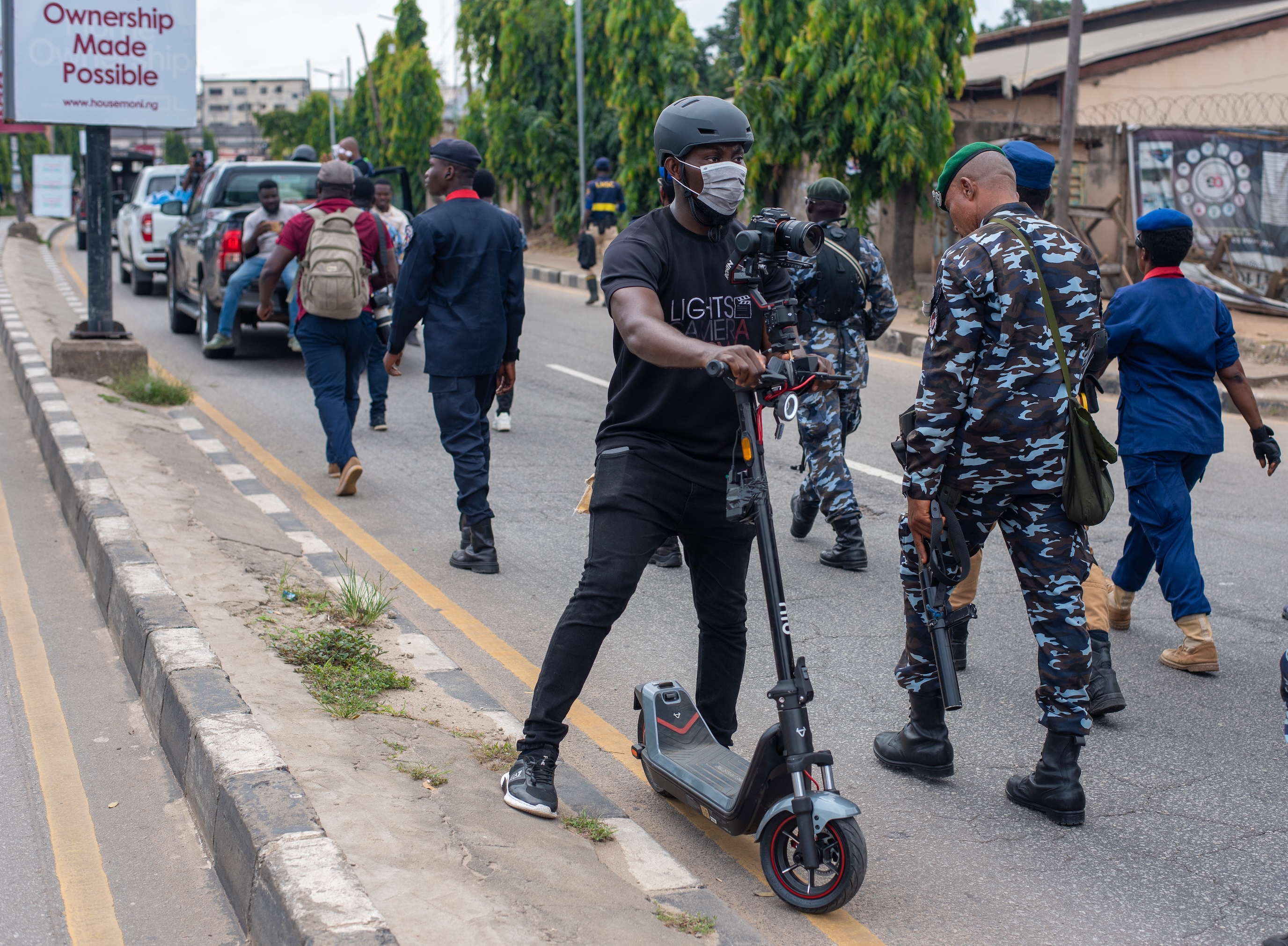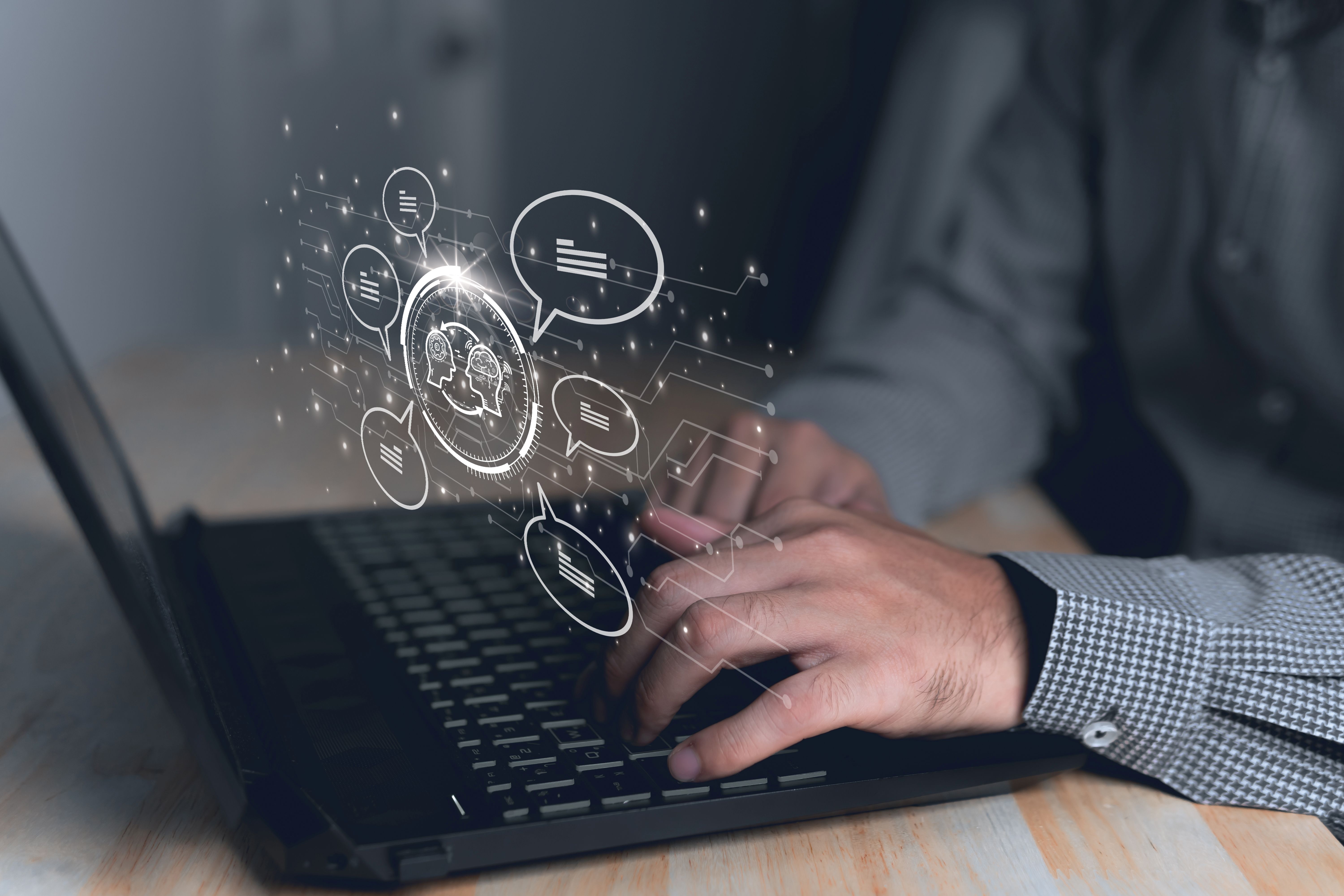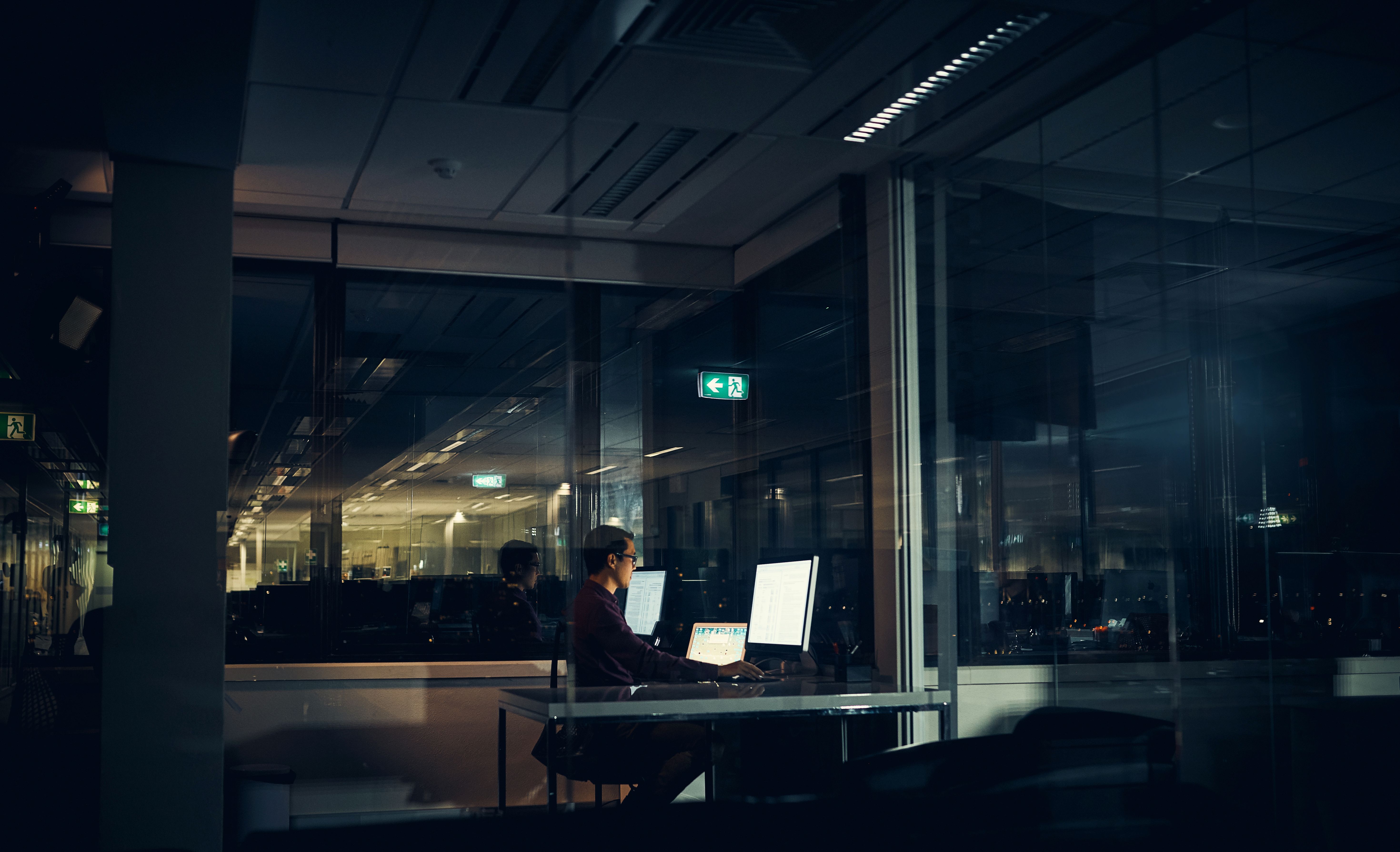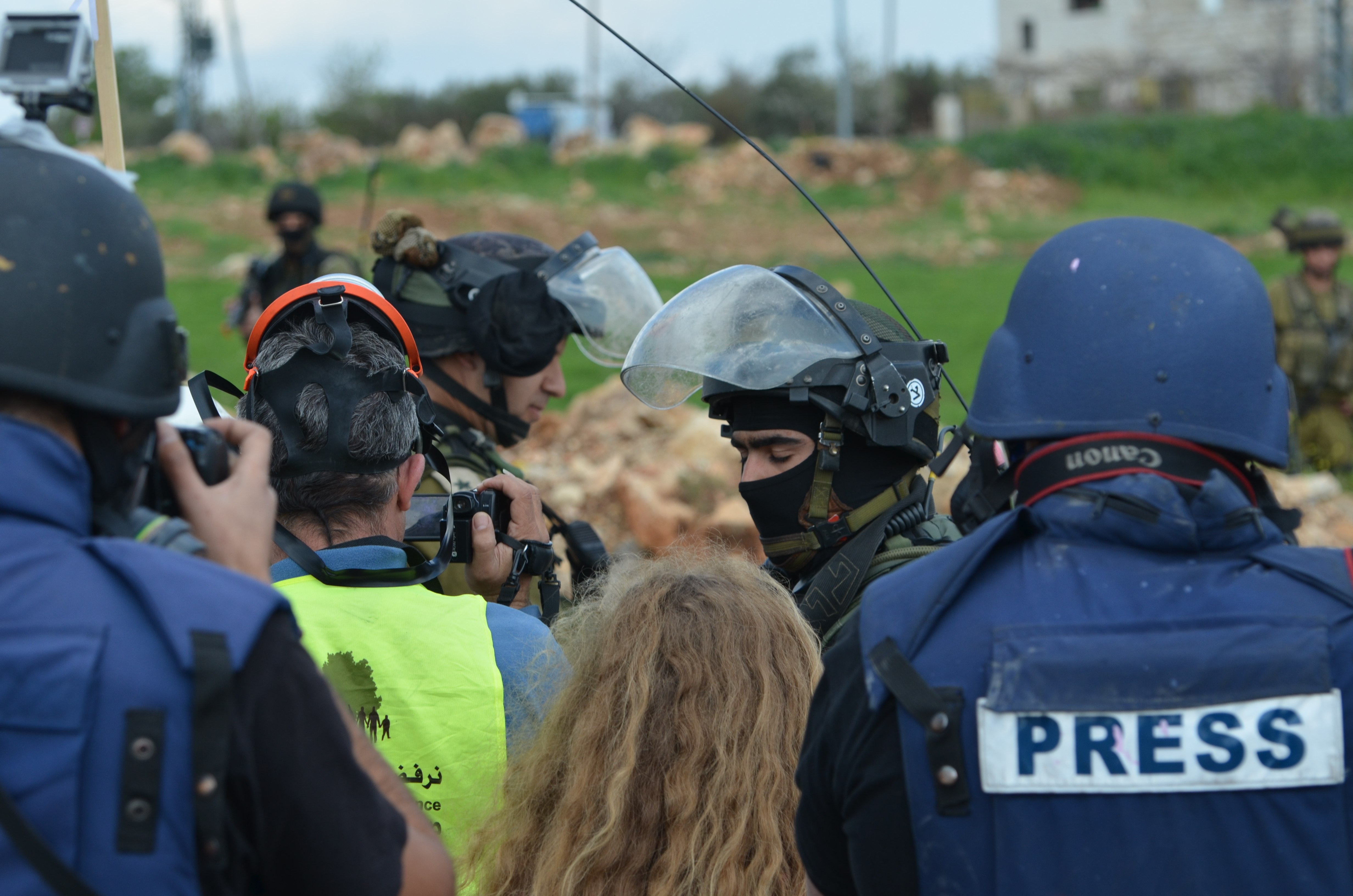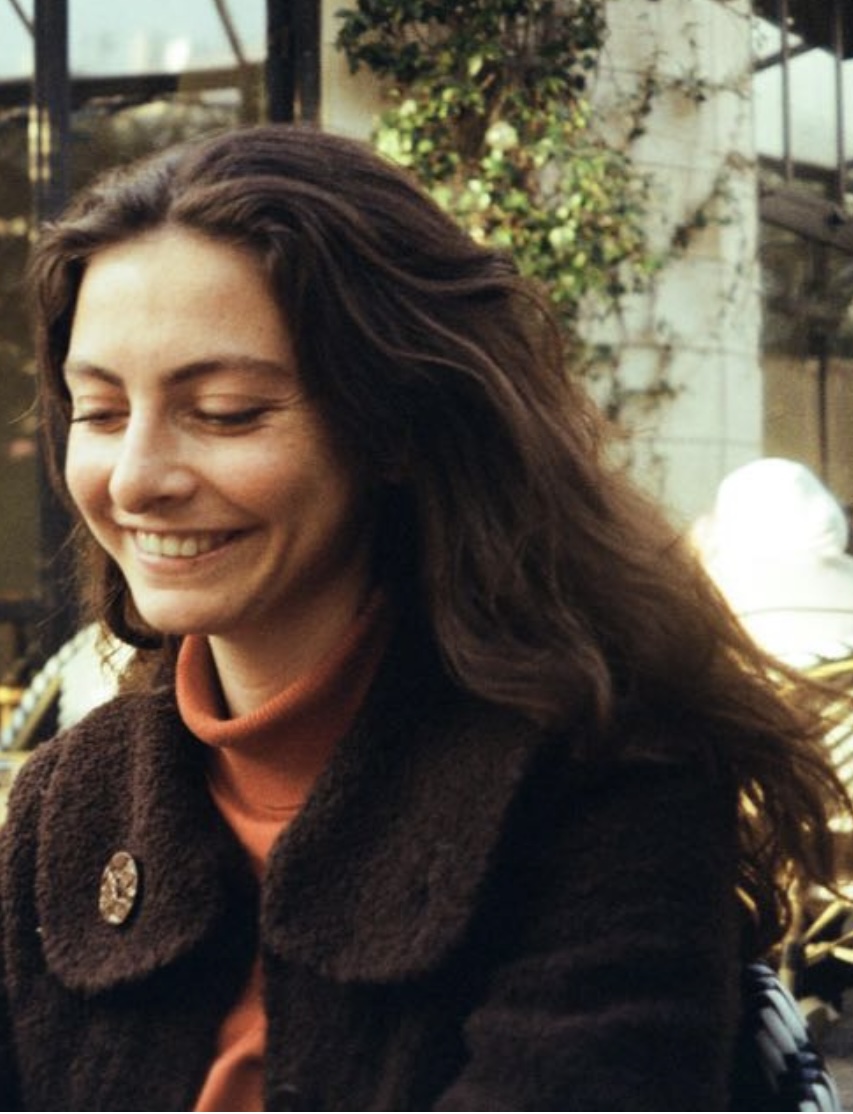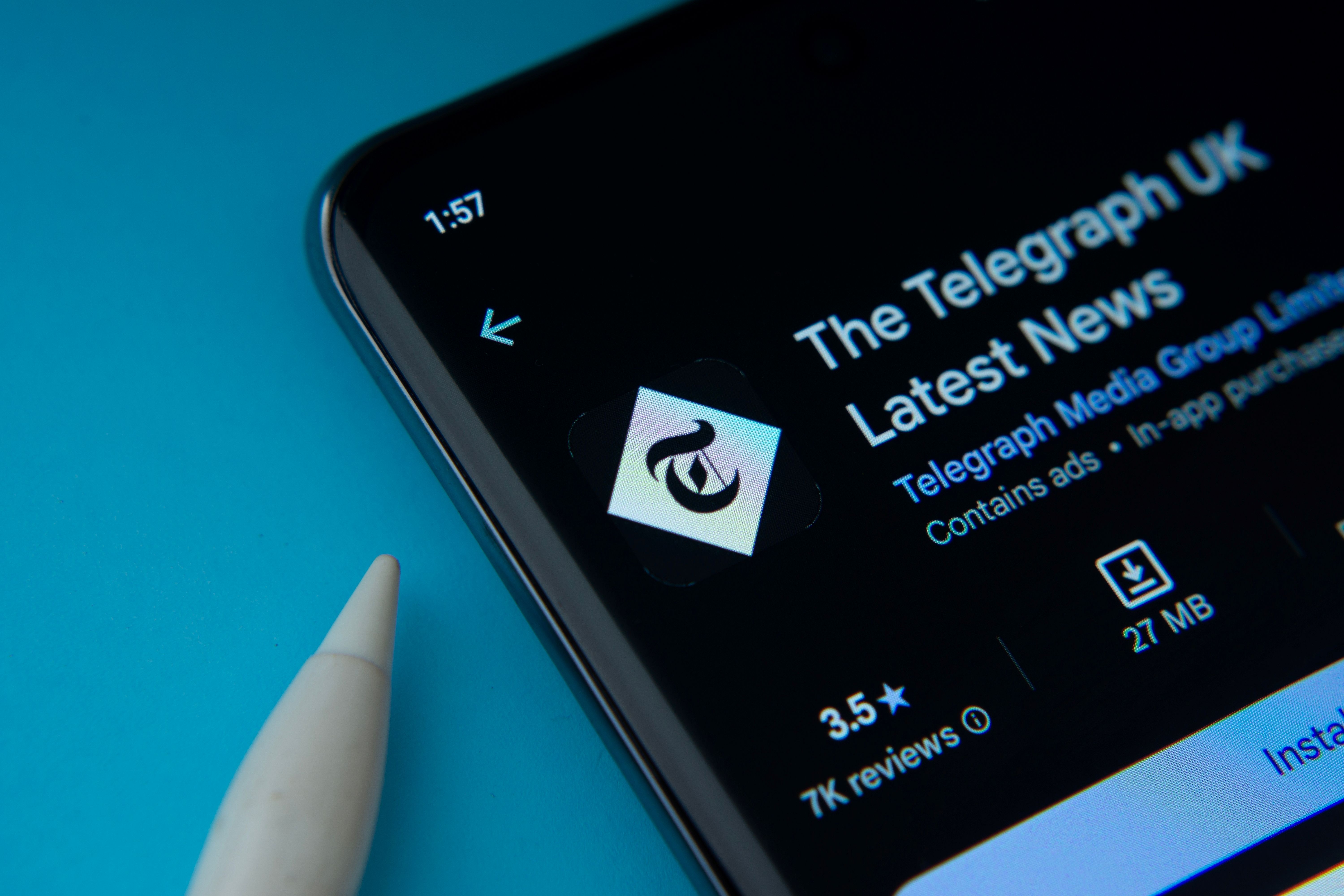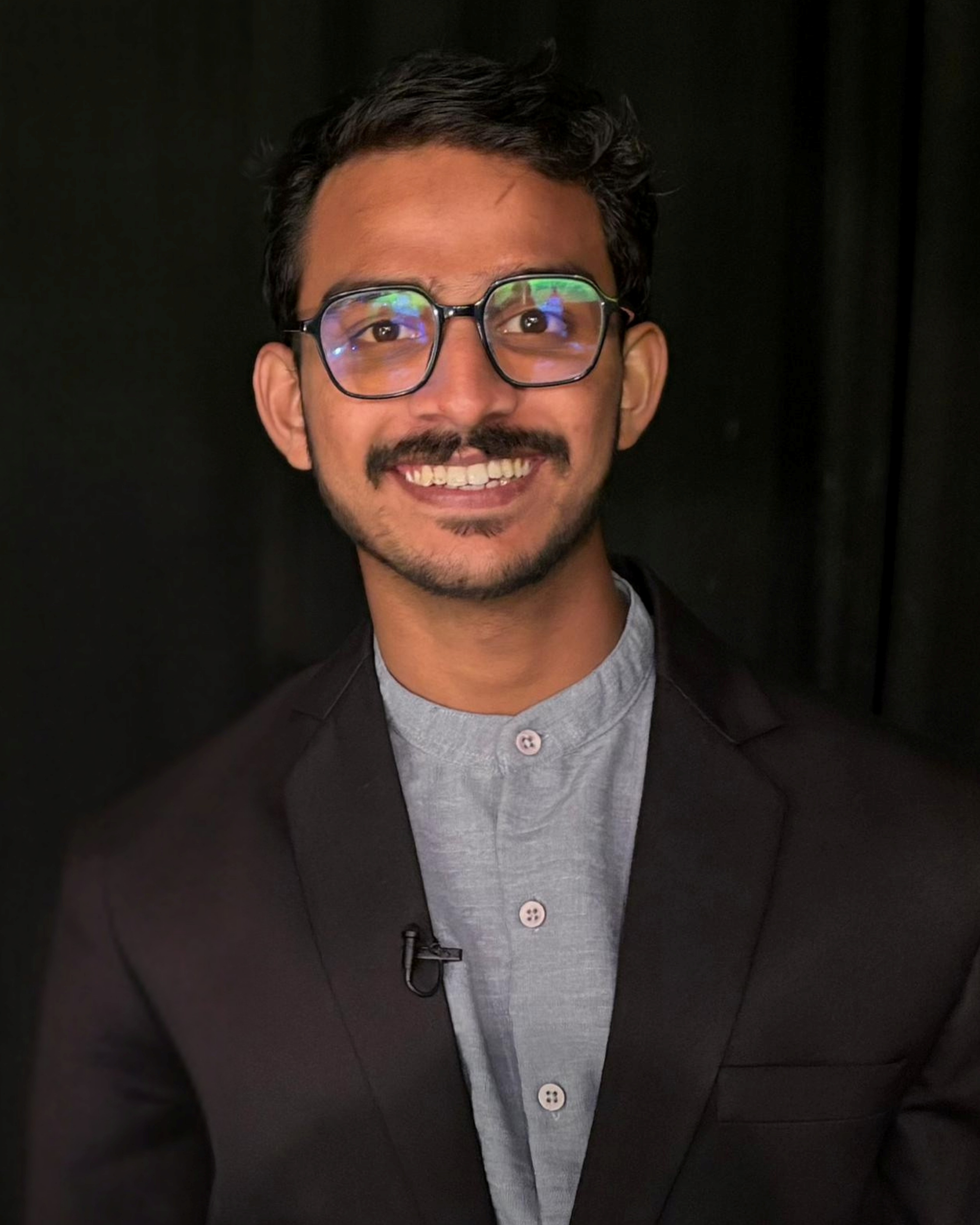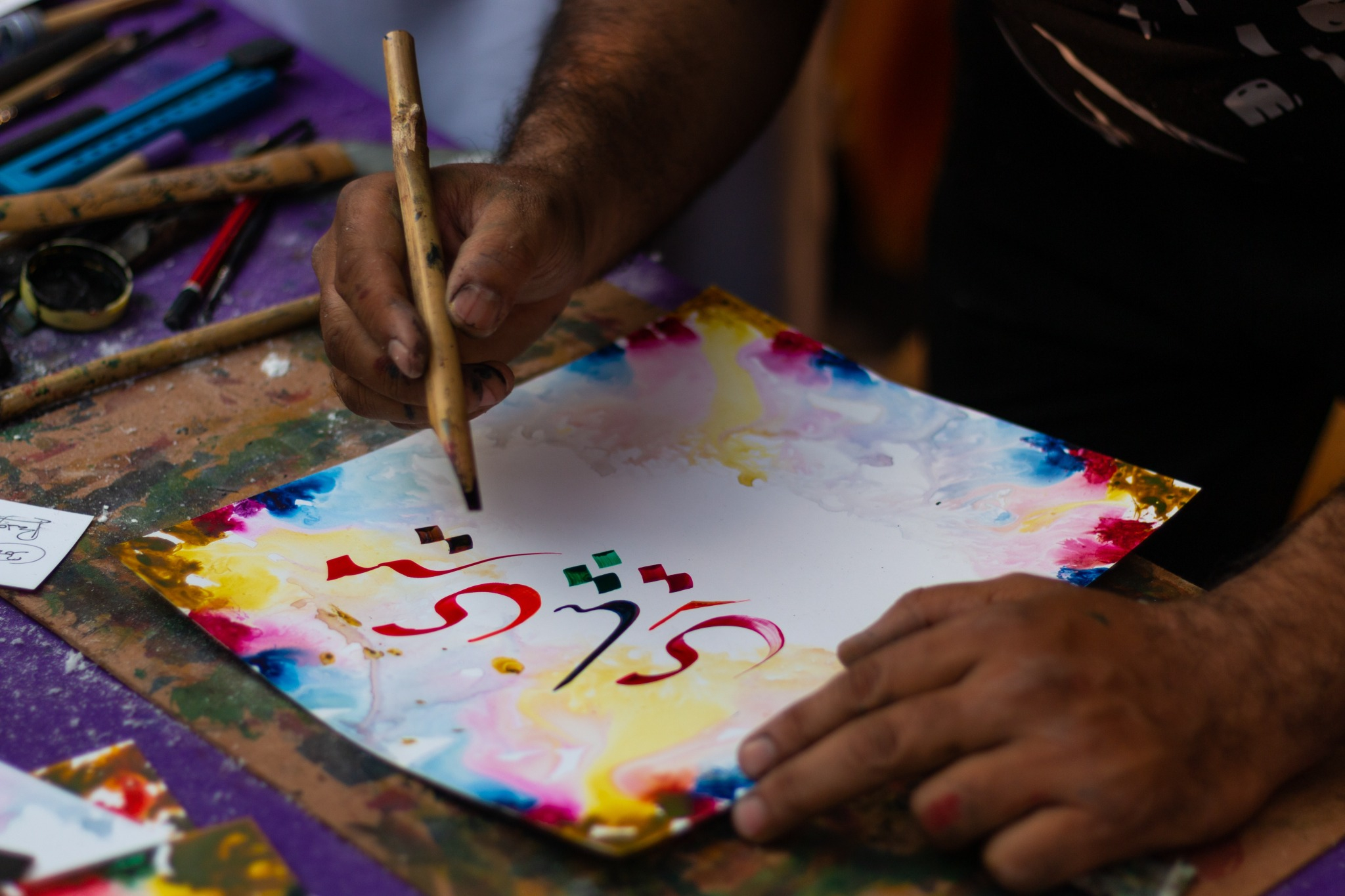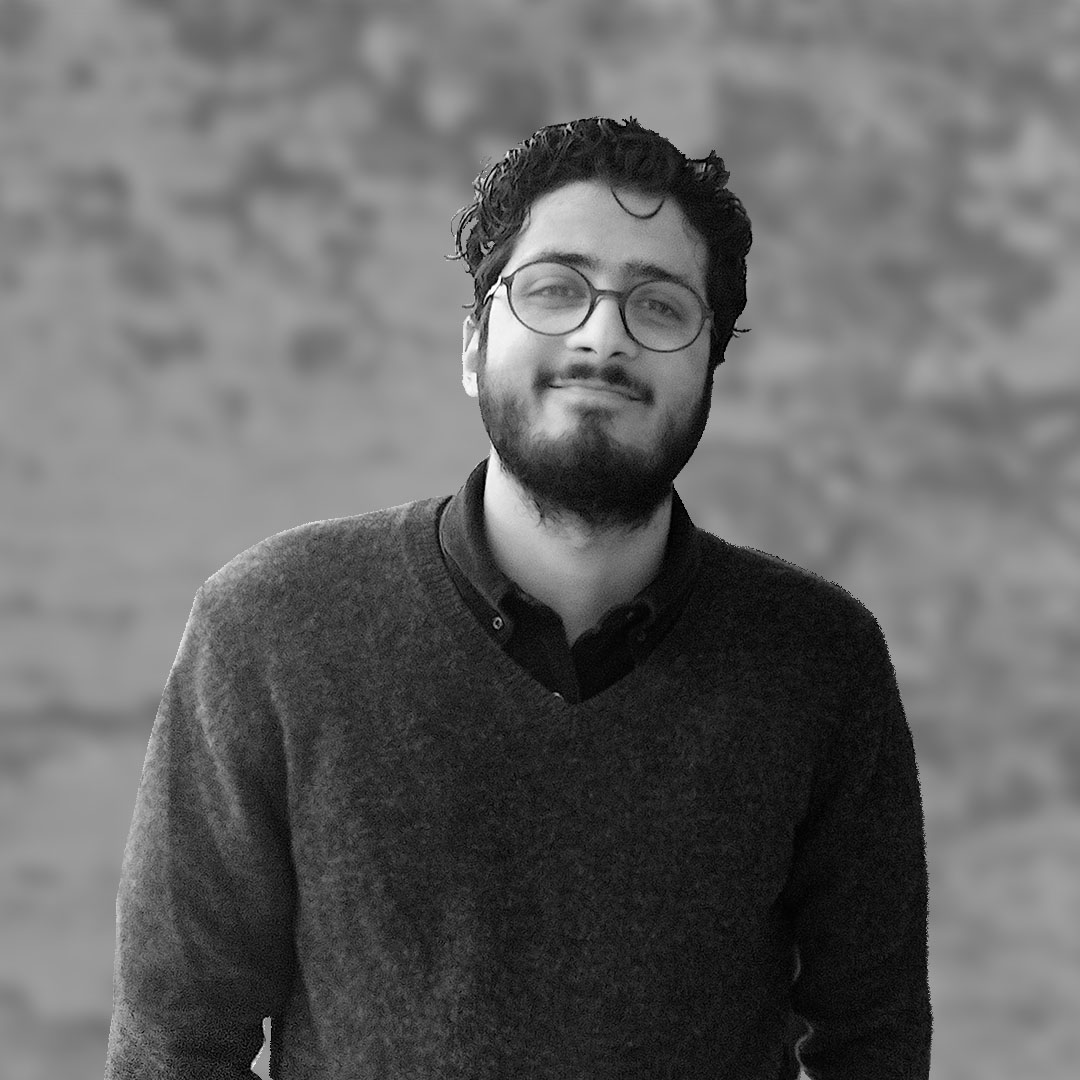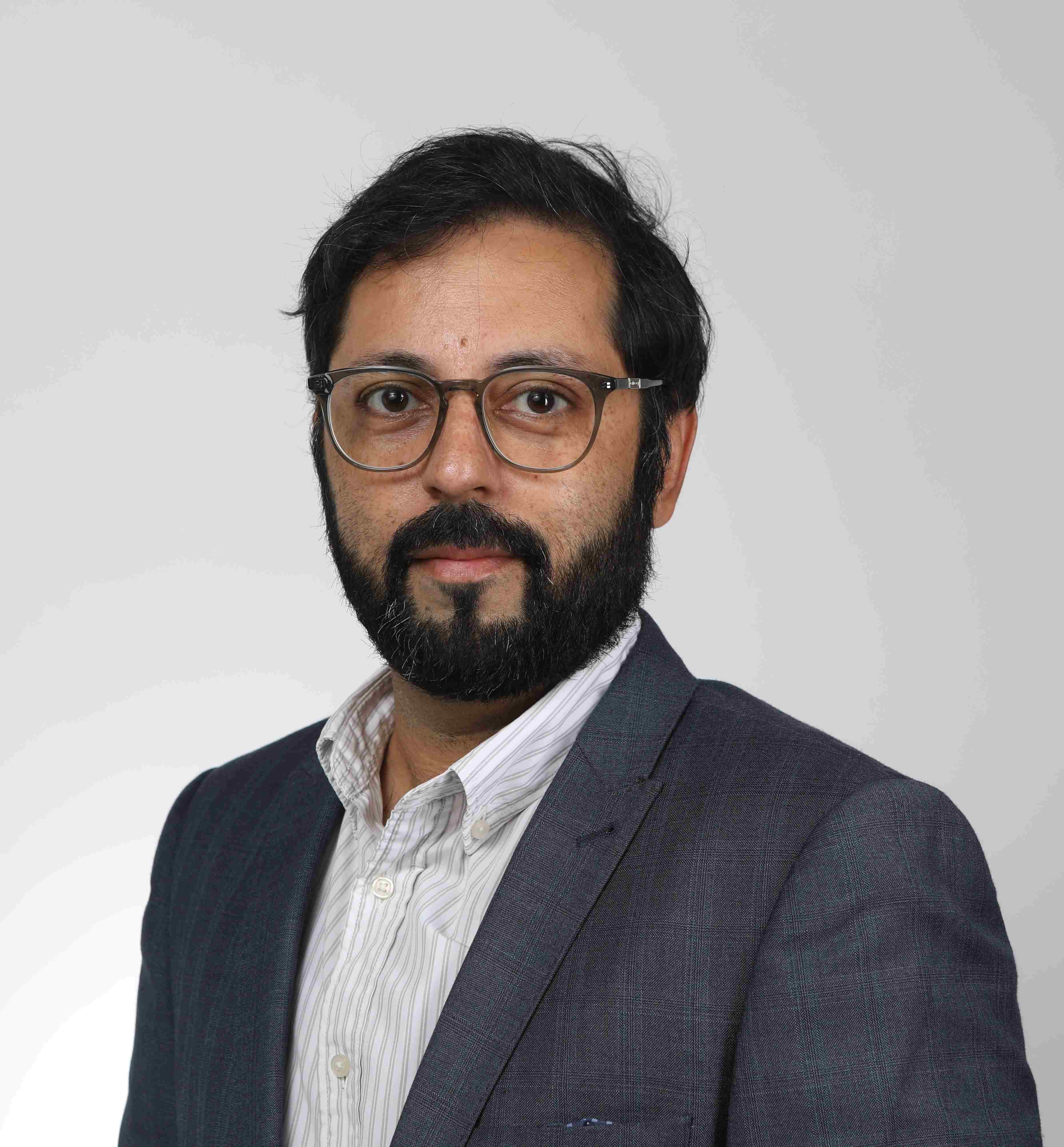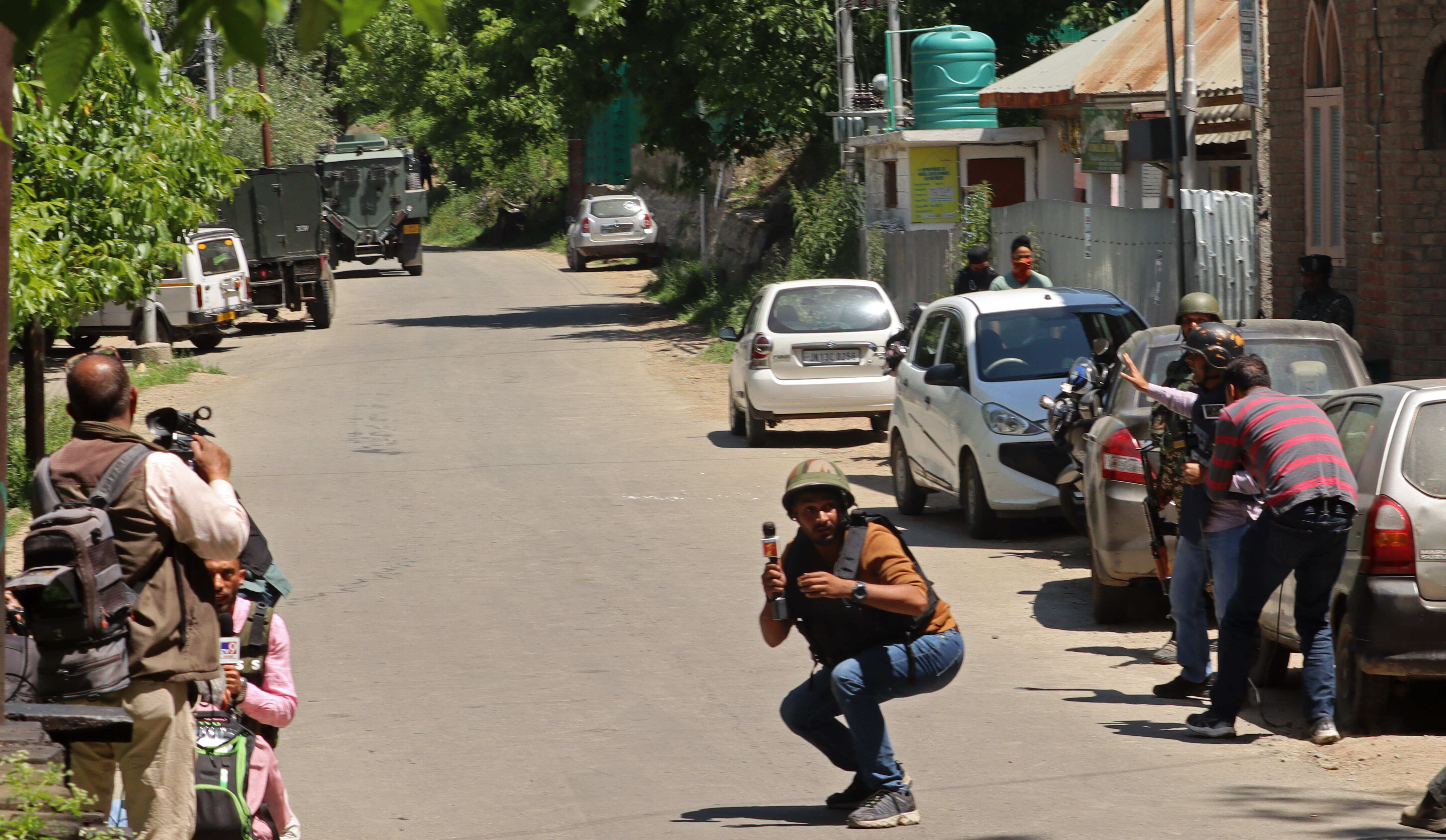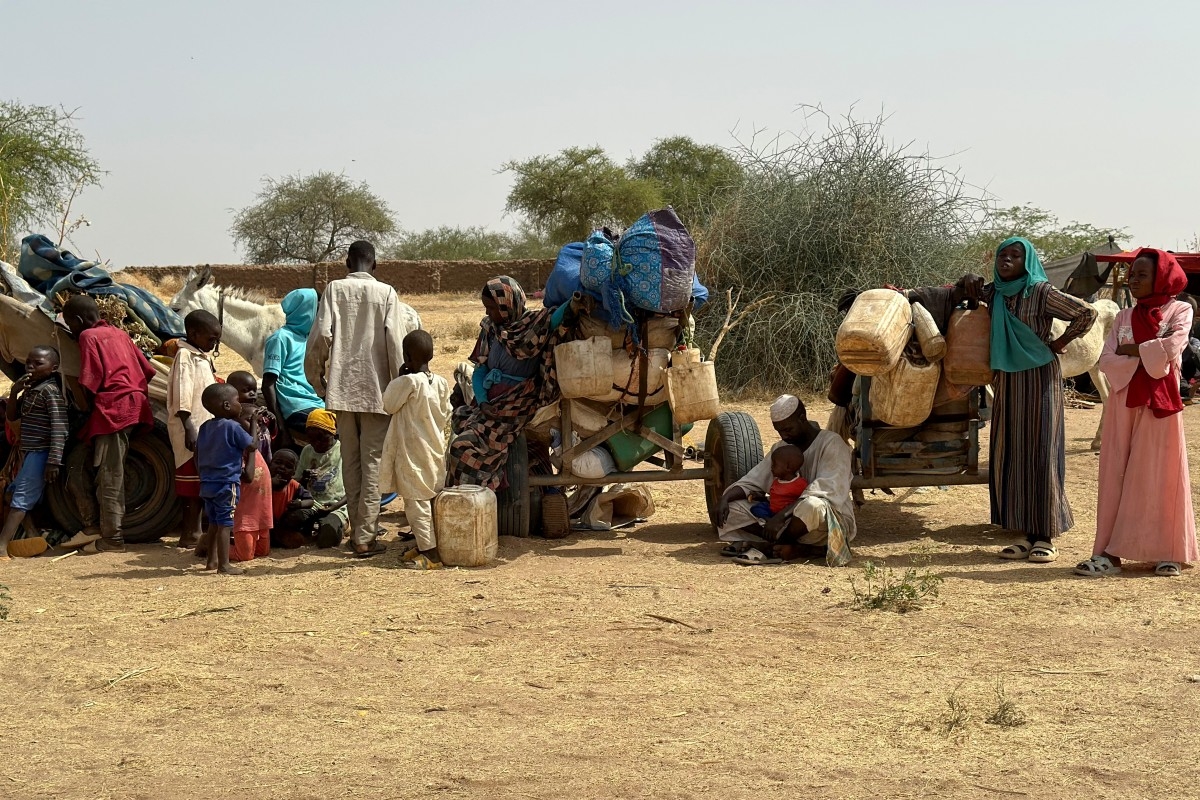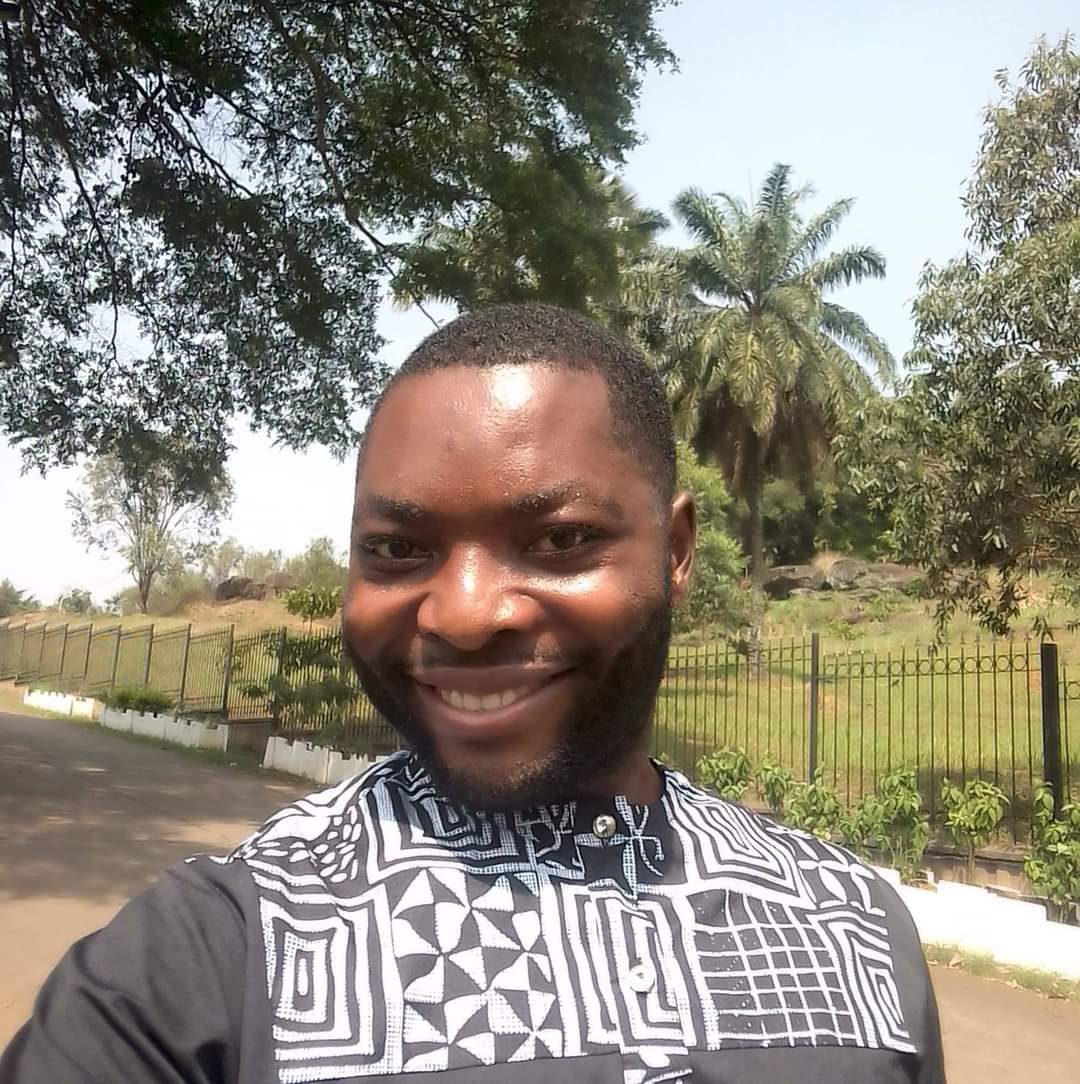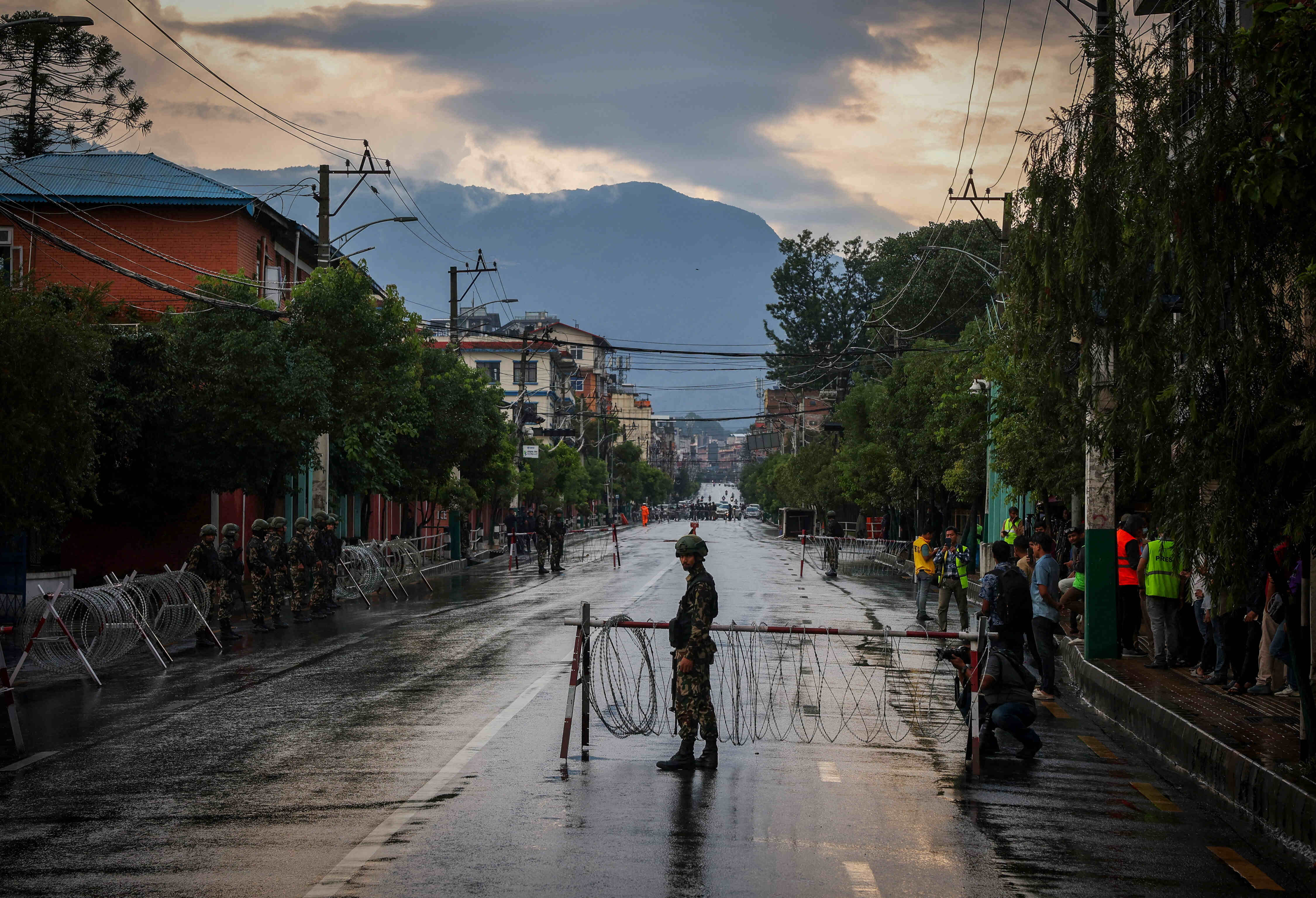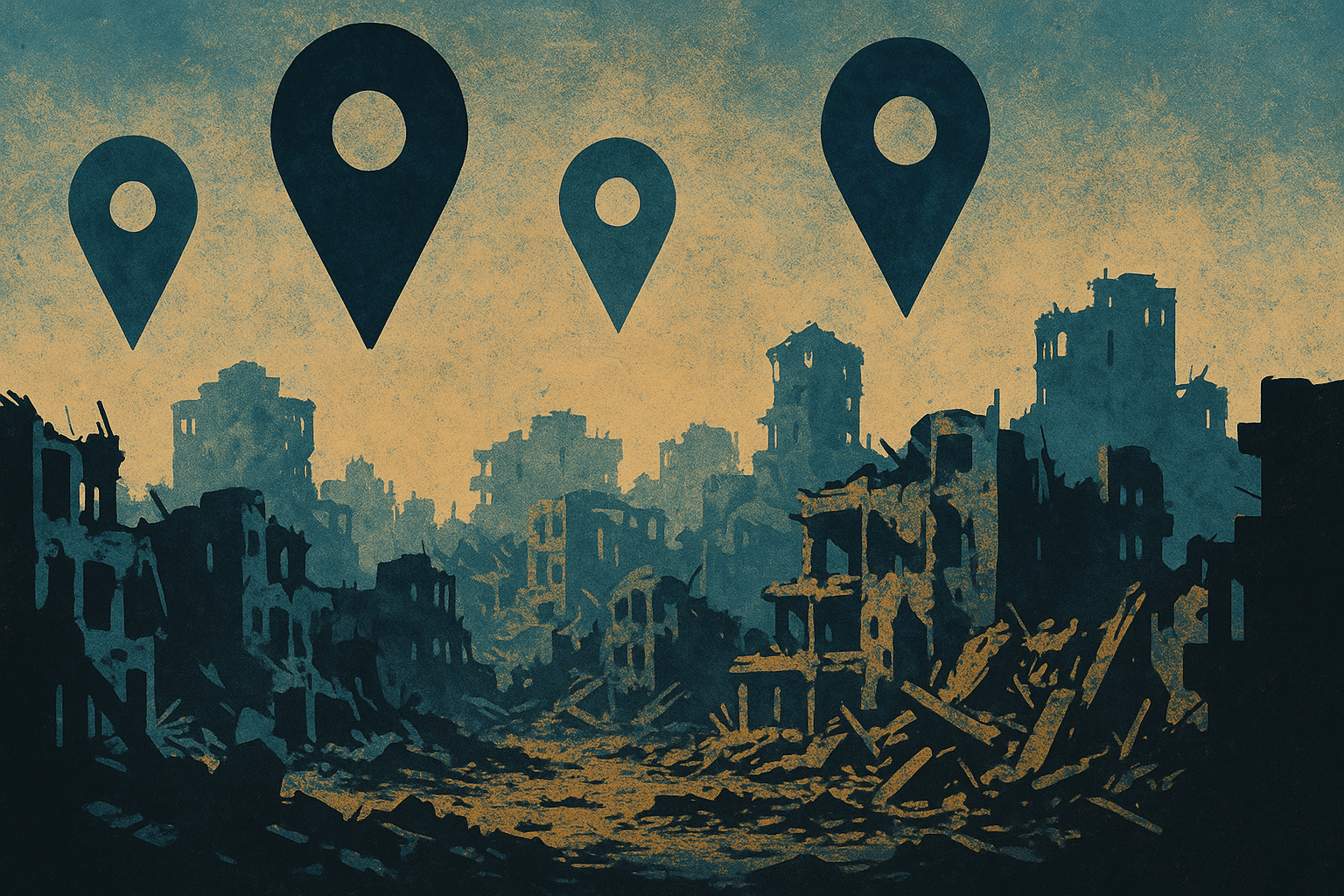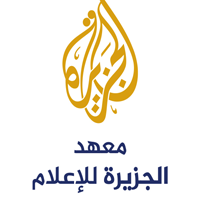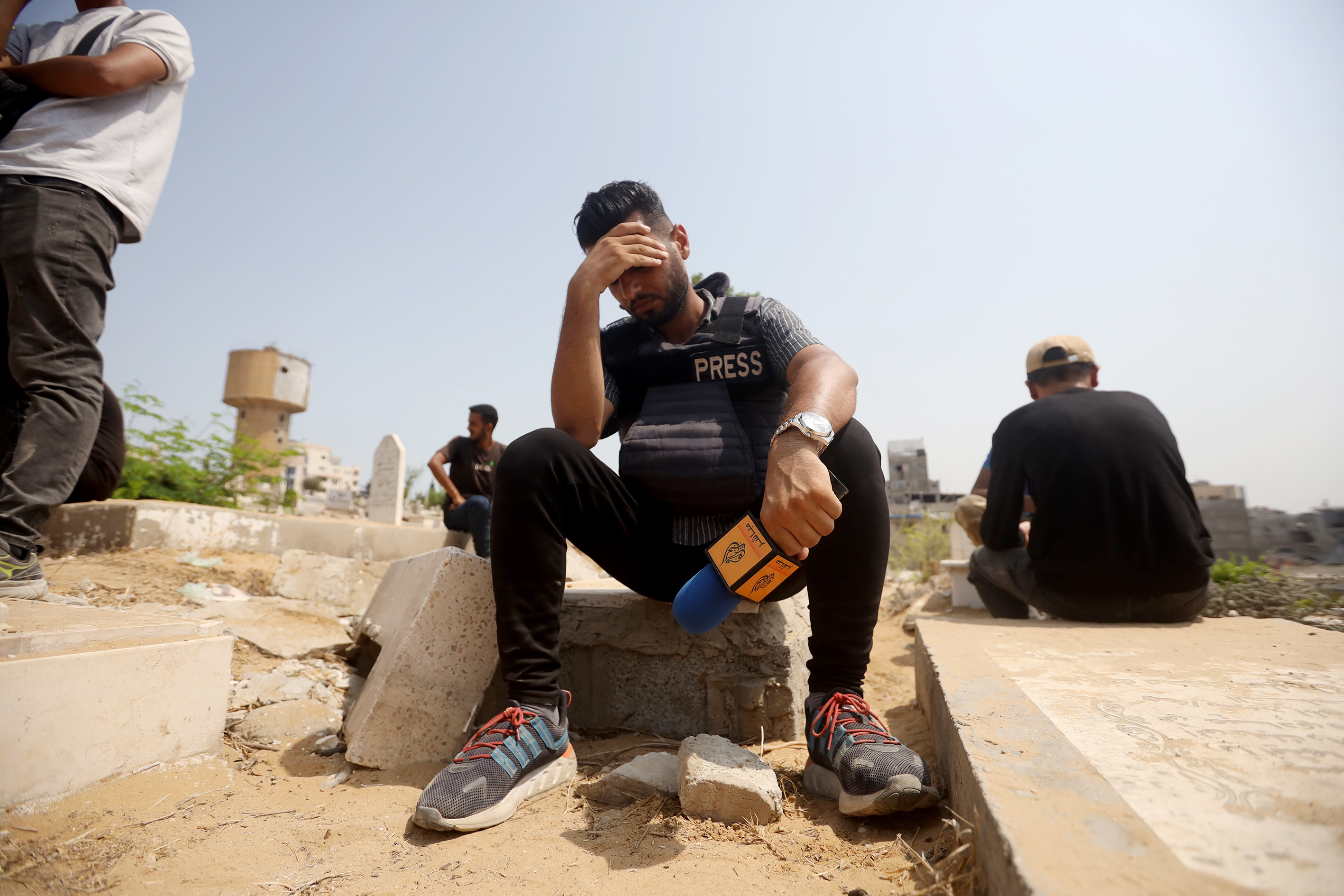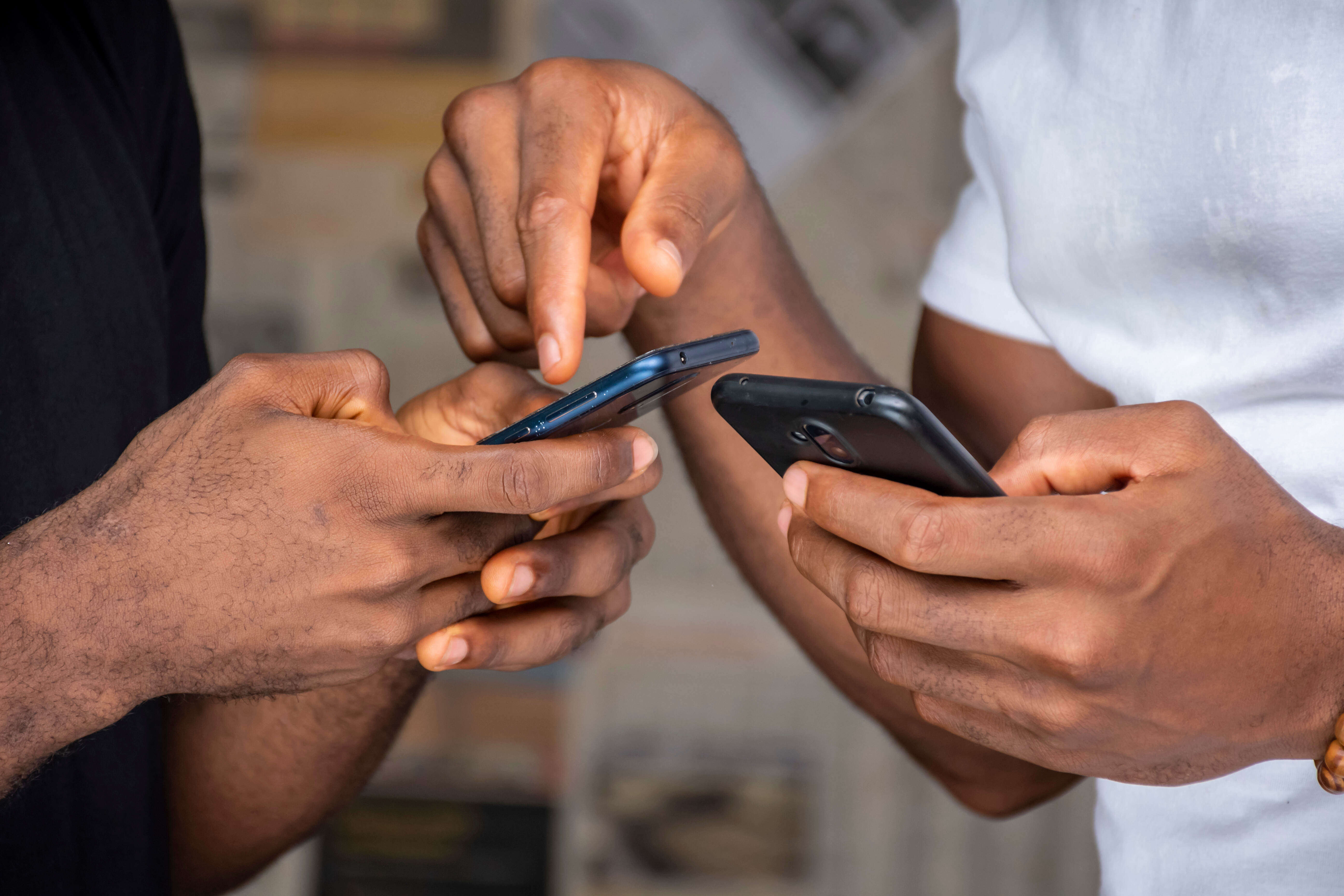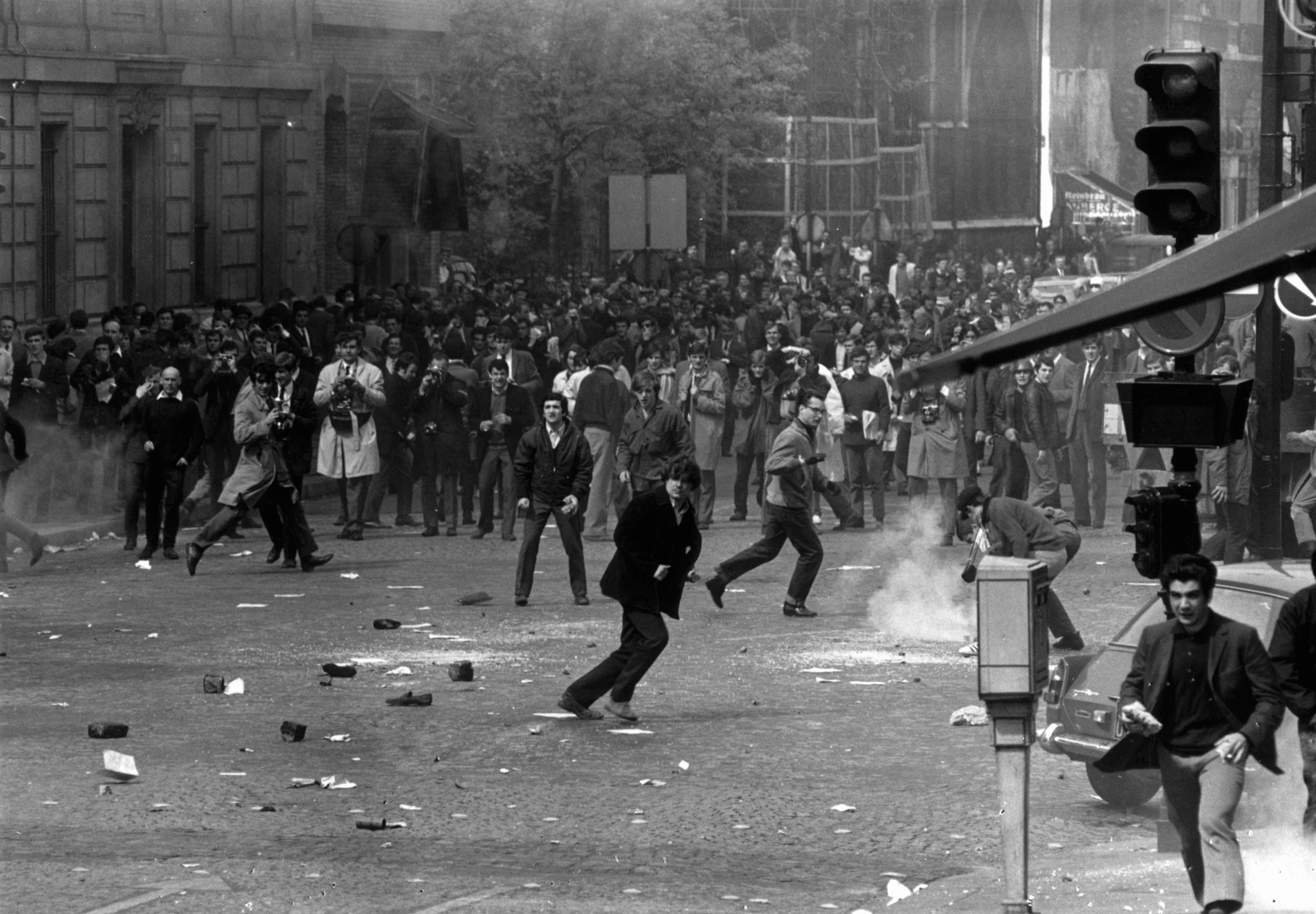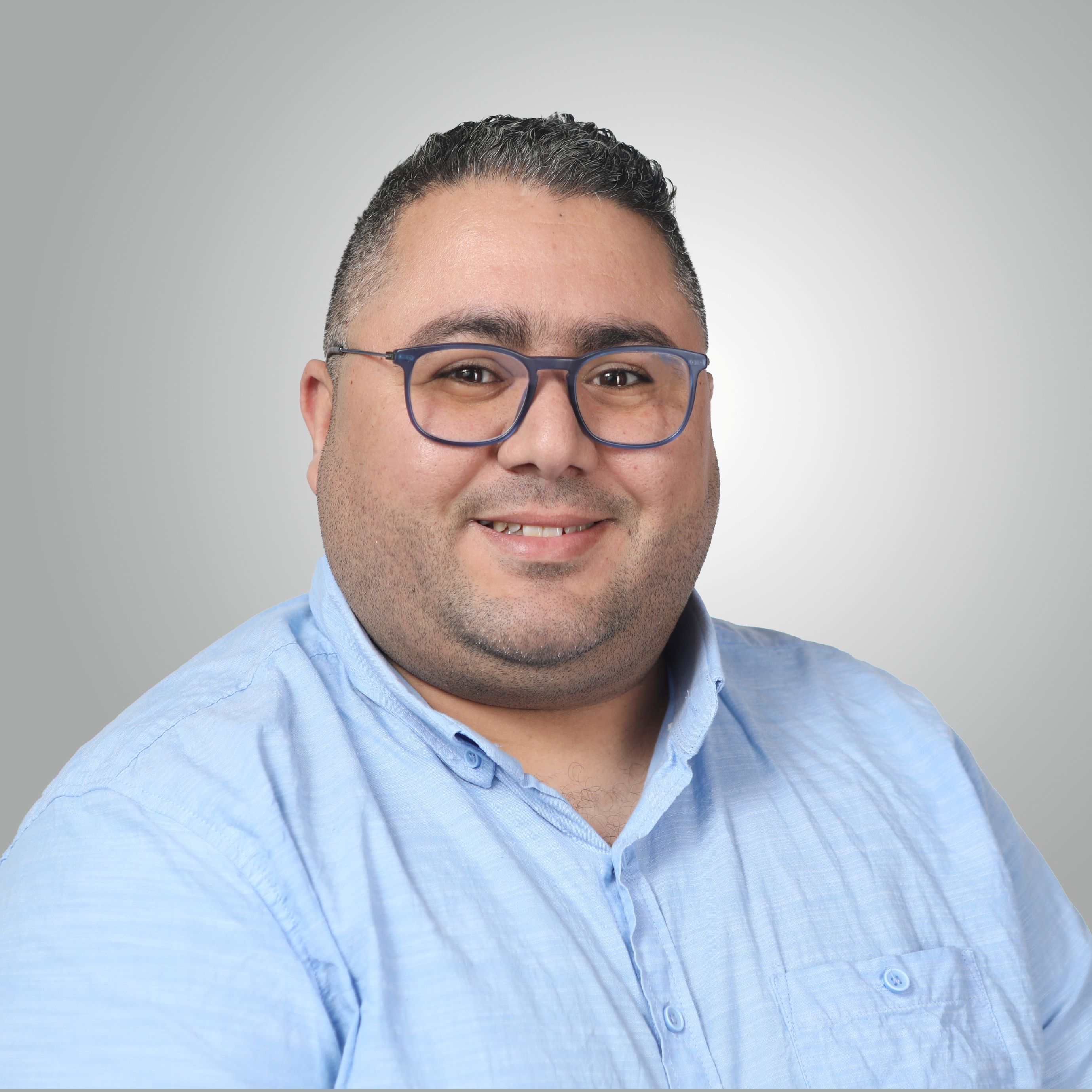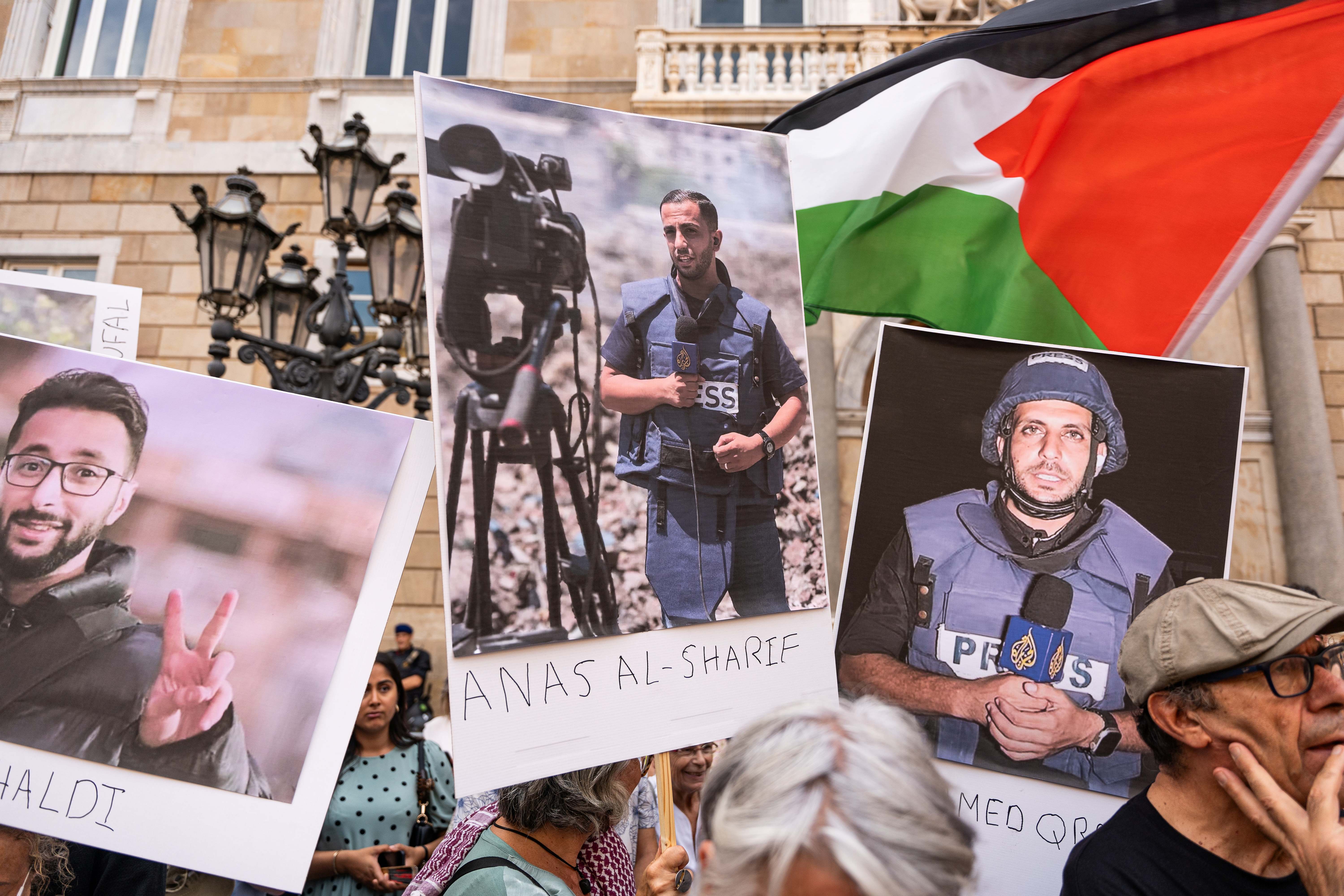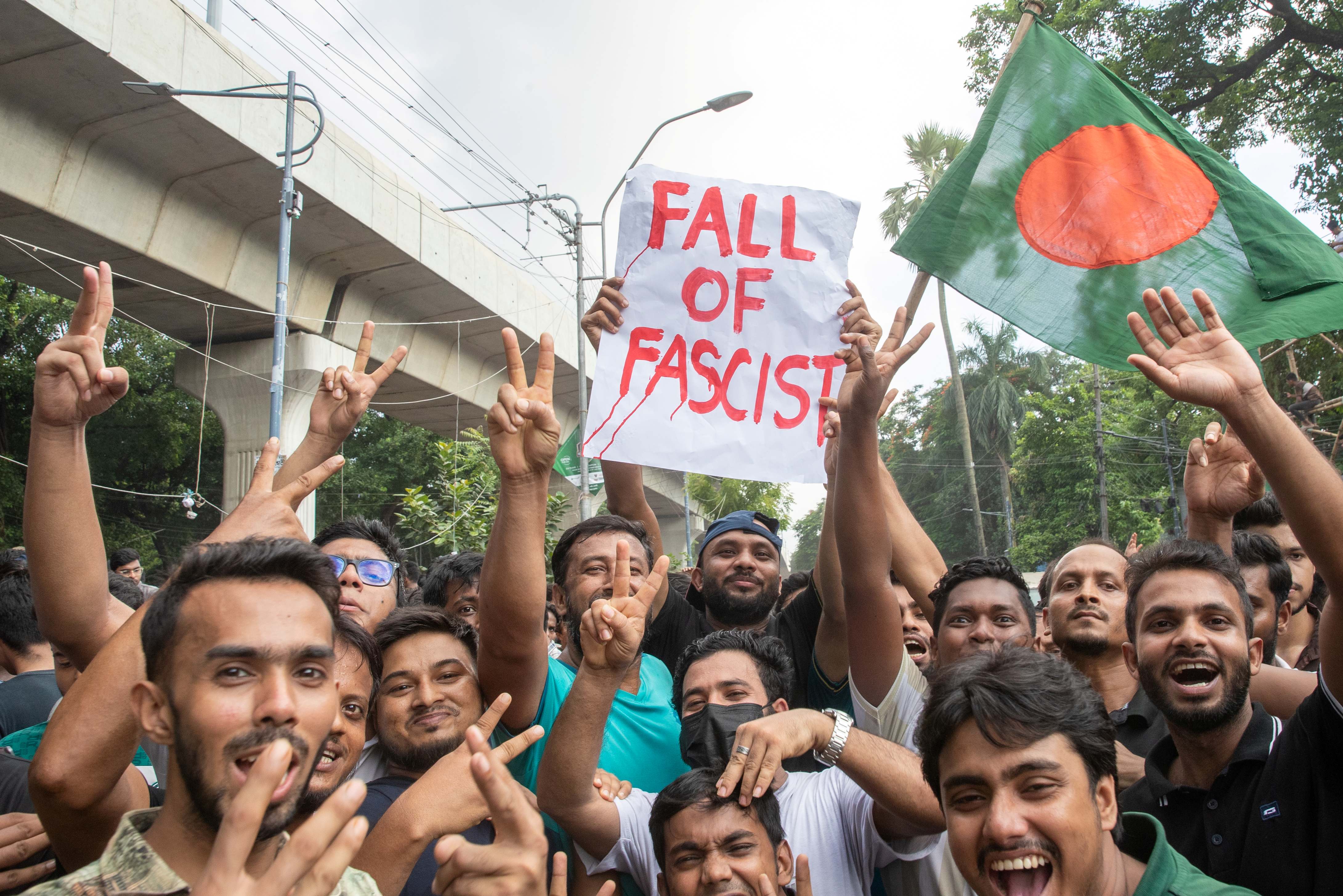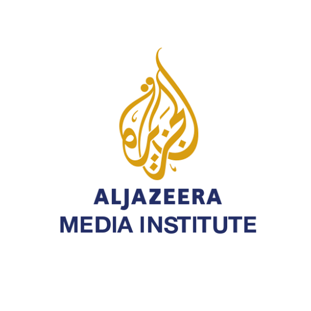تجاوزت لُعبة كرة القدم في الجزائر حُدود المُنافسة داخل المُستطيل الأخضر، لتُصبح ساحة تعكِس صراعات أكبر، حيث تُحذّر العديد من الأصوات من تحوّل المنابر الإعلامية الرياضية إلى منصات تُروّج لخطاب الكراهية.
تسلّلت هُتافات الجماهير أو المُشاحنات في المدرّجات، إلى عُمق الخطاب الإعلامي ذاته، عبر عناوين مُثيرة وتحليلات تُلهب المشاعر وآراء مُنحازة تُغذّي الانقسام، تحت غطاء "الإثارة"، مبتعدة تدريجيًا عن رسالتها الأساسية في التوعية وتعزيز روح المنافسة.
من الشّارع.. "تسلُّل" ناعِم
يمكِن لمح كلمة: "المُتعصّبون"، "fanatic -فاناتيك" مطبُوعة بالأحمر على جُدران عِدّة أحياء شعبية معروفة بالجزائر عاكسه حب المناصرين لفرقهم، لكنها تُخفي الكثير من الشُّحنات السلبية التي تُغذّي عُقول المهووسين بالكُرة.
أضحى هذا الخطاب المشحُون بالتحريض ينتقل تدريجيًا من الشارع إلى الإعلام، حيث تسلّلت هذه الظاهرة إلى بعض المؤسسات التلفزيونية في الجزائر، حتى أصبح من الصعب التمييز بين مُتعة اللّعبة وأعراض المرض الذي يفتِك بها من الدّاخل.
ورصدت السُّلطة الوطنية المستقلة لضبط السمعي البصري تجاوزات مهنية في بعض البرامج الرياضية خلال شهر نيسان/ أبريل 2025، على قناة "الهداف"، وأشارت إلى خروج أحد المحللين عن الحِياد والموضوعية في برنامجي "بالمكشوف" و"VAR الهداف" خلال الشهر ذاته. (1)
تسلّلت هُتافات الجماهير أو المُشاحنات في المدرّجات، إلى عُمق الخطاب الإعلامي ذاته، عبر عناوين مُثيرة وتحليلات تُلهب المشاعر وآراء مُنحازة تُغذّي الانقسام، تحت غطاء "الإثارة"، مبتعدة تدريجيًا عن رسالتها الأساسية في التوعية وتعزيز روح المنافسة.
واعتبرت الهيئة الرسمية ذلك "خرقًا للقوانين المُنظِّمة للإعلام والسمعي البصري في الجزائر"، كما شدّدت على أنّ "الإعلام الرياضي يجب أن يكون أداة لتعزيز الوعي وروح المنافسة الشريفة، لا وسيلة لإثارة الانفعالات أو التّشكيك".
كما أوقفت الهيئة نفسها، برنامجين رياضيين هما "أحكي بالون" على قناة "البلاد" و"دزاير سبور" على قناة "دزاير تيوب"، بعد "رصد تجاوُزات تضمّنت بثّ خطاب يحرض على الكراهية والتمييز ويمس بكرامة الإنسان"(2).
وينصّ قانون "الوقاية من التمييز وخطاب الكراهية" الذي صدر في 2020 "على عقوبة السجن 7 سنوات مع التنفيذ ضدّ أي شخص يصدر كلاماً، شفوياً أو مكتوباً، يتضمن عنصرية وتعبيراً عن الكراهية".
ويرمي القانون إلى "التصدي لخطاب الكراهية وتعزيز السلم الاجتماعي، حيث يحدد عقوبات صارمة ضد كل من يروج للكراهية والتمييز، وهو ما ينسجِم مع توجهات السلطة في مراقبة الإعلام وضمان أن يكون أداة لنشر الوعي وروح المنافسة الشريفة، بدلاً من أن يتحوّل إلى مصدر للانقسام والتحريض." (3)
من الملعب إلى الشاشة
الملفت أنّ هذا الخِطاب المُتشنِّج، أو المُنحاز أحيانًا، ليس وليد اليوم، بل تعُود جذوره إلى تسعينيات القرن الماضي، مع ظهور الصحافة الخاصة، وتبلور في ظل بيئة سياسية واجتماعية مضطرِبة، ساهمت في تشكيل خطاب إعلامي مُتفاعل، لكنّه بعيد أحيانًا عن المهنية.
هكذا يبرُز سؤال جوهري: كيف يمكن للإعلام أن يوازن بين حرية التعبير ومسؤوليته في الحدّ من خطاب الكراهية في ظلّ تصاعد الضغوط الجماهيرية وسرعة التفاعل الإلكتروني؟
هذا السؤال ينبع من كون وسائل الإعلام لم تفصِل بين اللغة الإعلامية المهنية واللغة الجماهيرية، فبات الخطاب أقرب إلى ما يُتداول في الملاعب والمقاهي، يُخاطب العاطفة والانتماء أكثر مما يخاطب العقل بالمعلومة.
يُقِرّ العديد من الصحفيين بأنّ عدوى خطاب الكراهية في الرياضة وخاصة كرة القدم، لم تعُد حكرًا على الشارع والمُدرّجات، بل انتقلت إلى شاشات التلفزيون، فالحدث الرياضي يُنقل، في كثير من الأحيان، بلُغة بسيطة ومُتفاعلة، تميل إلى استرضاء المُشاهد/ المُناصر، أكثر من سعيها إلى تقديم مُحتوى رصين يستنِد إلى التحقُّق من المُعطيات، ويحتكِم إلى أخلاقيات المهنة.
يُقِرّ العديد من الصحفيين بأنّ عدوى خطاب الكراهية في الرياضة وخاصة كرة القدم، لم تعُد حكرًا على الشارع والمُدرّجات، بل انتقلت إلى شاشات التلفزيون، فالحدث الرياضي يُنقل، في كثير من الأحيان، بلُغة بسيطة ومُتفاعلة، تميل إلى استرضاء المُشاهد/ المُناصر، أكثر من سعيها إلى تقديم مُحتوى رصين يستنِد إلى التحقُّق من المُعطيات، ويحتكِم إلى أخلاقيات المهنة.
على هذا النحو يتحوّل الإعلام من ناقِل مِهني للخبر إلى صدى للجماهير، ما يُؤدِّي إلى فُقدان الدّور الإخباري والتّوعوي في الكثير من الأحيان، كما يُؤكد الصحفي بالموقع الإلكتروني "أخبار دي زاد " حسن بن مُولى.
ويحاجج حسن في تصريح لـ "مجلة الصحافة" بحال الصحفيين الذين فرّقتهم الكُرة المُستديرة ؛ إذ أصبح بعضهم أسير انحِيازه لفريق أو لاعب مُفضّل، فكان القلم أو الميكروفون ضحية لتعصُّب صاحبه، الذي يتماهى أحيانًا مع مشاعر الجُمهور داخل الملعب".
لقد عنونت إحدى الصحف الرياضية صفحتها الأولى "اليوم ما تفْرَاشْ في الحراّش"، (لا مجال للتّهدئة في منطقة الحراش)، وذلك قُبيل مُواجهة كانت مُبرمجة بين الجارين مولودية الجزائر واتحاد الحراش، حين كان الأخير لا يزال ضمن أندية القسم الأول.
حملت العبارة "طابعا انفعالياً سلبيا، خاصة أنّ الصحيفة المعنية باتت طرفا مع مرور السنوات في الانحياز لفريق دون آخر"، وفقا لخط تحريري قوامه:" الفئة المستهدفة من الجمهور".
من خلال هذه العينة فقط-حسب بن مولى-فإنّ السقوط في الانحياز بات واضحاً، وهو ما أفقد بعض المؤسسات الإعلامية موضوعيتها.
البساطة أم الابتذال
قد يبدُو هذا السؤال مُحرجًا للصحفيين، إذ أنّ البساطة الزّائدة قد تُفهم على أنّها استِخفاف، بينما يُعدّ الابتذال تُهمة تُهدّد المصداقية.
وفقًا لـ "اعترافات" عدد من الصحفيين، بعضهم فضّل التحدُّث باسم مُستعار، بدأت الصحافة الرياضية تحِيد تدريجيًا عن مسارها المهني، أمّا الظُّهور على الشاشة، فله قواعده الخاصة، التي غالبًا ما تُدار بمنطق "الفُرجة - الاستِعراض".
يقول يزيد سياح الصحفي بالإذاعة الوطنية: "يتوجّه الإعلام الرياضي لقارئ ومُتلقّ بسيط، لكن السماح للغة الشارع بالتسلّل إلى خطابات الصحفيين كان سببًا رئيسيًا في تدهور مستوى المضمون. في النهاية، السؤال الجوهري هو: مع من نتحدّث؟"
ويُضيف، أنّ المشكلة لا تقتصِر على اللغة فقط، بل تمتدُّ إلى الأسلوب والخطاب. "إذ تُمارس بعض المؤسسات الإعلامية ما يمكن وصفه بـ"العُنف اللفظي"، حيث تنتقّل المُنافسة من الملاعب إلى أستوديوهات التحليل، التي تحوّلت، في نظر كثيرين، إلى ما يُشبه "الدّكاكين التلفزيونية".
وتُعاني بعض القنوات الخاصة، التي وُلدت عام 2001، من فوضى هيكلية (4)، حيث اعتمدت على الظهور الإعلامي السريع والمستعجل دون التركيز على بناء مؤسسات إعلامية مهيكلة ومنظمة بشكل جيد.
ضغط الاستقلالية والإثارة
تُبرز الباحثة في مجال الإعلام الرّقمي بجامعة قسنطينة شرق الجزائر، كريمة آيت حمي، مكانة شبكات التواصل الاجتماعي التي أصبحت، "بمثابة منبر مفتوح للتعبير الشخصي، حيث اختار البعض استخدامها لطرح آرائهم الخاصة بعيدًا عن مطالب الجمهور"، مُشيرة إلى أنّ هناك من يختبئون خلف أسماء مستعارة في "فضاء الوهم" الذي يخلقه الإنترنت.
وتُضيف لـ "مجلة الصحافة": " تُوجّه بعض القنوات التلفزيونية الأقلام وفقًا لميول موجاتها في إشارة صريحة إلى تراجع الاستقلالية المهنية أمام تغوّل الخط التحريري الموجَّه متجاوزا الخطوط المهنية حدّ بث "سموم الكراهية"، وفق تعبيرها.
أمام هذه المعادلة المعقدة تتساءل آيت حمي: كيف يحافظ الإعلامي على الموضوعية، بينما يتعرّض لضغوط من الجمهور لاتخاذ الشارع مواقف منحازة؟ وفي كثير من الأحيان، يتحوّل اسمه إلى "ترند" على مواقع التواصل، فيجد نفسه في مواجهة سيل من الانتقادات أو حتّى الإهانات، ما يجعله واقعًا تحت ضغط مزدوج: بين متطلبات المهنة ومتاهات الرأي العام المنقسم حول "الجلد المنفوخ" (تعبير يستخدم لوصف كرة القدم).
بدوره اعترف حميد زمّال، الصُّحفي سابقاً والأستاذ بكلية الإعلام بالجزائر العاصمة، في حديثه مع "مجلة الصحافة" أنّه في إحدى المرات حاول تقديم تغطية موضوعية لمباراة بين "شباب بلوزداد" و"وفاق سطيف"، لم يجد أمامه إلاّ تكرار كلمة "الأبيض"، التي تربِط بين النّاديين العريقين كونهما يتشاركان اللّون نفسه، وهذا سعياً منه لتقديم تغطية " موضوعية ومحايدة".
لكنه لا يُخفي ميلًا ضمنيًا نحو أحد الناديين من خلال كلامه طيلة الـ 90 دقيقة من عمر تلك المباراة.
وأضاف أنّه "ما يجعل من الموضوعية التي يدّعيها أمرًا يصعب تحققه في ظل هذا الانحياز الضمني".
وفي السياق ذاته عبّر الأستاذ زمّال عن أسفه لـ"تراجع مستوى الصحافة والإعلام، حيث أصبح التبسيط المُبالغ فيه سِمة رئيسية للتغطيات الإعلامية".
كيف يمكن للإعلام أن يوازن بين حرية التعبير ومسؤوليته في الحدّ من خطاب الكراهية في ظلّ تصاعد الضغوط الجماهيرية وسرعة التفاعل الإلكتروني؟هذا السؤال ينبع من كون وسائل الإعلام لم تفصِل بين اللغة الإعلامية المهنية واللغة الجماهيرية، فبات الخطاب أقرب إلى ما يُتداول في الملاعب والمقاهي، يُخاطب العاطفة والانتماء أكثر مما يخاطب العقل بالمعلومة.
الجهوية.. حين تتحوّل المُباراة إلى أزمة
يتطلّب تحليل المباريات أكثر من مجرّد فهم القواعد، فهو يشمل أيضًا المسؤولية في اختيار الكلمات والمعلومات الموجهة للجمهور، مثلما يؤكد الصحفي الحرّ مليك نواري.
ويُعبّر عن ذلك قائلاً: "في بعض الأحيان، يمكن أن يؤدي نشر معلومات مليئة بالتفرقة والعنصرية إلى تحويل نتيجة مباراة إلى رماد". (5)
ويسترجع مليك نواري في تصريح لــ "مجلة الصحافة" حادِثة وقعت معه خلال تغطيته لمباراة نهائي كأس الجمهورية عام 2013 بين مولودية الجزائر واتحاد العاصمة، حيث كانت العناوين الصحفية في بعض المؤسسات الإعلامية تثير الفتنة، مثل العنوان البارز "الحرب في باب الوادي"، في إشارة إلى الحي الذي يلتقي فيه أنصار الفريقين. "للأسف، أحيانًا تُسهم الصحافة في تأجيج المواقف، رغم أن المباراة كانت بمثابة عيد بعيدًا عن العنف الذي لم يكن له وجود إلاّ في صفحات الجرائد، لذلك ينبغي دائمًا التعامل مع الأحداث المثيرة للجدل بحذر، دون الانزلاق إلى تفسيرات قد تزيد من الاحتقان بين الجماهير".
ومن خِلال تجربته في العديد من المنابِر الإعلامية الجزائرية، قال إنّ مُباراة الصعود من القسم الثاني بين اتحاد الحراش والرويسات (27 شباط/ فبراير 2025) كادت أن تأخذ أبعادًا خطيرة، ووفقاً له أبرزت خطورة الانزلاق في الخطاب الإعلامي، خاصة عند التعليق على أحداث مشحونة. (6)
وفي هذا السياق؛ تُؤدّي المِنصّات الرّقمية دورًا محوريًا في تأجيج الخِلافات، حيث تتحوّل بسرعة إلى منصات مفتوحة لتفريغ الغضب، سواءً قبل المباريات الكبرى مثل التنافس على الترتيب أو بعدها في علاقة باللقاءات التي تعرف جدلاً تحكيميًا.
كثيرا ما تنزلق التّعليقات على منصات السوشيال ميديا إلى مستوى تبادل التّجريح تصل حدّ الشّتم، مما يُعمّق الانقسام بسبب سرعة انتشار هذا النّوع من المحتوى المسيء، وهو ما يُضعف الروح الرياضية، كما يُساعد في الآن نفسه على توليد ثقافة الكراهية.
من وسائل التواصل الاجتماعي إلى التلفزيون... اتجاه مُعاكس
يُبرِز أستاذ الاتصال، عبد الله لعريبي من جامعة الجزائر، كيف تحوّل الإعلام الرياضي إلى مرآة تعكِس بشكل غير مباشر، فيما يُثار على منصات التواصل الاجتماعي، إذ تجد التعليقات والانفعالات التي تنطلِق من العالم الافتراضي طريقها إلى الشّاشات، أحيانًا دون تمحيص أو مسؤولية، مما يضعنا أمام تساؤل حقيقي.
ولاحَظ الأستاذ لعريبي في حديث لـ "مجلة الصحافة" تحولًا عكسيًا، حيث أصبح الإعلام أداة لتِكرار ما "تُروّجه الجماهير، ممّا يُسهم في تأجيج الانقسامات والتحريض وإذكاء الفتنة والكراهية بدلاً من نقل الأحداث بموضوعية كما يجب."
وطرح هُنا سؤالًا هامًا: هل ما تعرضه الشاشات يعكس فعلاً واقع الرياضة، أم أنّه مجرد صدى لغضب رقمي يعمّق الصراعات بدلاً من إيجاد الحلول؟
وقال إنّ "الإعلام الرياضي لا يقتصر على نقل الوقائع من الملاعِب فقط، بل أصبح أداة لتمرير ما يُقال في وسائل التواصل الاجتماعي"، مُعززًا بذلك الحساسيات خُصوصاً ما يُعرف بـ"الجهوية المقيتة التي تُغذي بدورها الكراهية بين الجزائريين".
ولفت إلى أنّ هذا السُّلوك لا يُضفي شرعية على الانفعالات الرقمية فحسب، بل يُسهم في التحريض وتغذية الانقِسام بين الجماهير مثل حالة مولودية الجزائر وشباب قسنطينة، إذ تحولت في الآونة الأخيرة إلى كراهية بين المناصرين وأعمال شغب، بدلًا من أن يكون عامل تهدئة.
بناءً على هذا الواقع الإعلامي المرتبِك، يبدو أنّ خطاب الكراهية في الرياضة لم يعُد مجرّد انزلاق ألفاظ، بل أصبح ظاهرة تتغذّى من الشارع، كما تُعيد إنتاج خِطابات المنصات الاجتماعية وتنزيلها على البرامج التلفزيونية، ما أسهم في توسِيع الفجوة بين الجماهير عن طريق تأجيج الجهوية تارة واللّعب على وتر الانفعالات العاطفية تارة أخرى، وهو ما يستدعي مُراجعة شاملة للخِطاب خاصة في علاقته بكُرة القدم التي أصبحت في مُناسبات عديدة لُعبة تفرِقة لا مُتعة وفُرجَة.
المصادر
- أوراغي، نضيرة. «دون عنوان». أخبار الوطن. الجزائر، 2025.
- الشروق اليومي. "هل يريد ترامب جذب استثمارات جزائرية إلى أمريكا" . الجزائر: موقع صحيفة الشروق اليومي، 2025. https://www.echoroukonline.com.
- وكالة الأنباء الجزائرية. "قانون مكافحة التمييز وخطاب الكراهية: صيانة الوحدة الوطنية والانسجام المجتمعي". الجزائر: وكالة الأنباء الجزائرية، 2020. https://www.aps.dz/ar/algerie/98474-2020-12-22-11-32-48.
- مراح، سعيد. الفضائيات الجزائرية الخاصة بين الواقع والتحديات. الجزائر: جامعة باتنة، 2023.
- Facebook. «فيديو منشور على Facebook Watch». Facebook Watch. تاريخ غير معروف. https://web.facebook.com/watch/?v=683923400889039.
- وكالة الأنباء الجزائرية. «أحداث لقاء فريقي مستقبل الرويسات واتحاد الحراش: أصحاب المناشير الإلكترونية التحريضية في قبضة الأمن الوطني». وكالة الأنباء الجزائرية. 6 مارس 2025. https://www.aps.dz/ar/algerie/176681.
